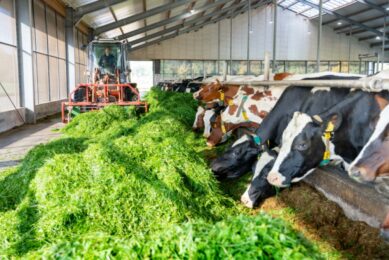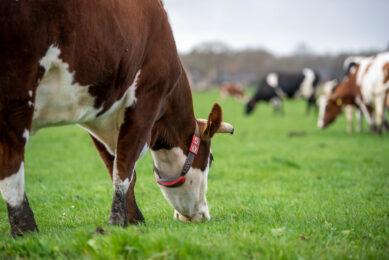Dairy farming in 2050: 3 key mega challenges to prioritise and solve
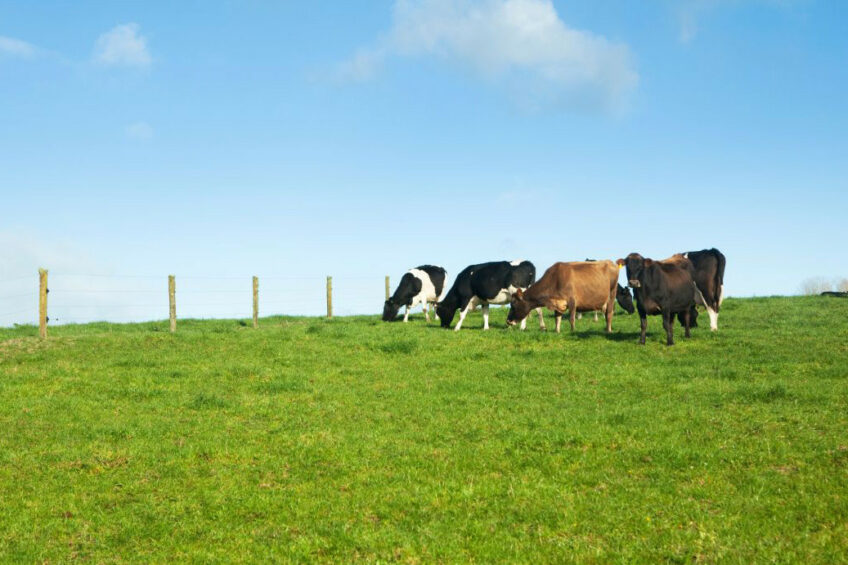
Methane-reducing interventions, more focus on welfare and disease prevention, and the application of data and technology – these are some of the key mega challenges to solve to safeguard a healthy, viable and sustainable dairy sector in 2050 and beyond. This was one of the conclusions drawn from the short course ‘Jump to the future: Dairy farming 2050’.
The half-day event, which took place on 12 August in Ghent, Belgium, prior to the National Mastitis Council regional meeting, attracted 140 dairy professionals from around the world. The organisers, Royal GD and Beluga Animal Health, invited 5 expert speakers to talk about the different (mega) challenges in dairy farming today, and in the future.
Reducing methane
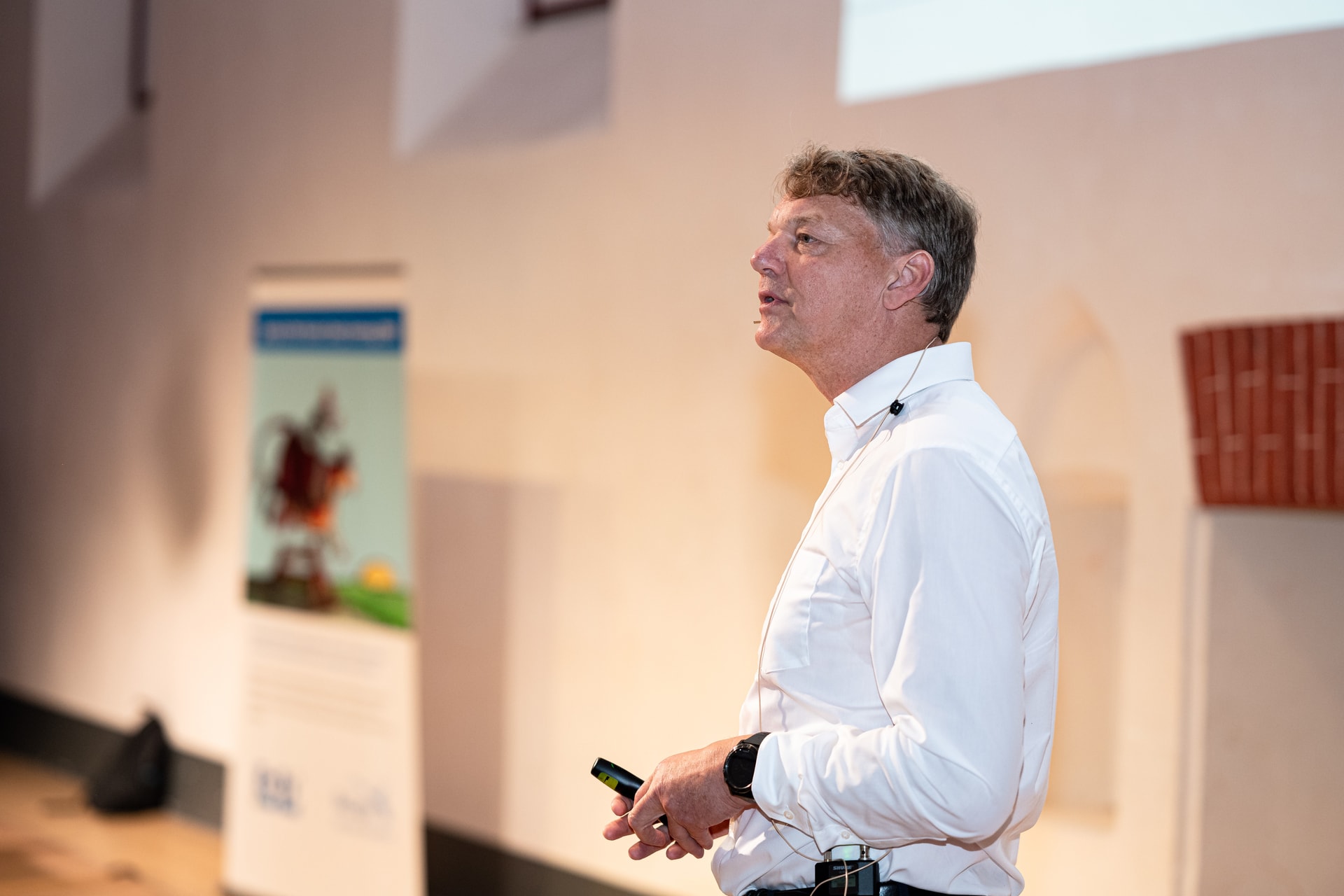
Reducing cattle methane production is a key challenge facing the dairy industry. Failing to do so will compromise the sector’s license in the coming decades. Rinse Jan Boersma, founder of Beluga Animal Health, explained in his presentation that the latest insights around the impact of methane are increasingly backed by new science. “Greenhouse gasses differ in warming potential and persistence,” he said. “Methane is a short-lived greenhouse gass, which means it is broken down in the atmosphere much faster than carbon dioxide and nitrous oxide. In addition, most of the methane from dairy farming does not arise from fossil fuels, and therefore doesn’t bring new carbon in the atmosphere.”
Boersma’s presentation, therefore, touched on the concept of Global Warming Potential (GWP), and its affiliated model (GWP100) that allows comparisons of the global warming impacts of different gases. “However, this model has limitations, as it overestimates the impact of short-lived greenhouse gasses like methane on global warming. A new model (GWP*) corrects for the short-lived greenhouse gasses, especially in stable or reducing emission scenarios. This model therefore provides a better connection between enteric methane emissions and global warming and helps us to change the narrative of dairy farming from being a net contributor to global warming to becoming a contributor to a ‘net cooling’ effect. However, this is only possible when the dairy industry continues with its efforts to reduce emissions,” Boersma addressed.
During the event, a range of mitigation options were also discussed, which farmers can apply to reduce methane, either absolute emissions on-farm or emissions relative to the amount of milk produced. Examples include increasing animal productivity (e.g., increasing milk yield per cow and reducing age at first calving to 22 months), manure management, and dietary interventions (e.g., maximising digestibility, and the use of methane-reducing feed additives).

Kelly Nichols from the University of California-Davis, USA, delved a bit deeper into the nutritional part and touched on a few powerful methane-reducing feed additives (such as red seaweed and 3-NOP) that are currently being tested. “Although very promising, there are also important knowledge gaps around metabolic consequences, long-term effects on animal health, variability of effects across different diets, handling and preservation – in the case of seaweed, for example – and public acceptance (when considering vaccines to reduce methane, for example),” Nichols said. “Scientific and field studies are therefore of key importance for the coming years. Wageningen University & Research was the first to study the effects of 3-NOP during a full lactation, and later this year, a similar long-term study with 3-NOP will begin at UC Davis.”
Improving welfare
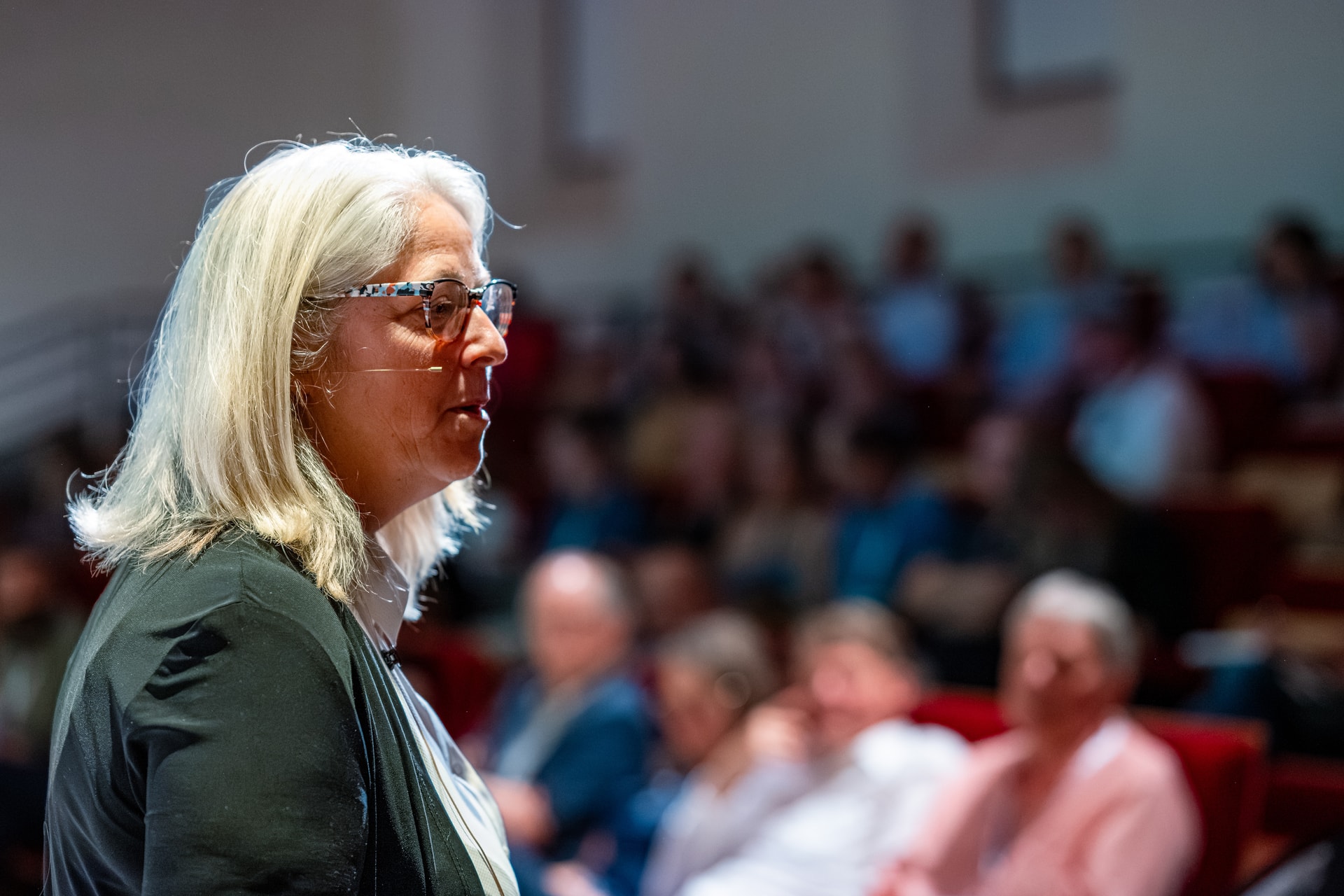
Marina (Nina) von Keyserlingk from The University of British Columbia, Canada, updated the audience on animal welfare: a key mega challenge in dairy farming. She explained: “For starters, animal welfare is very different than many of the disciplines we study in science, as it is a socially mandated science and only exists because people are asking questions about how their food is produced. Considering animal welfare will become increasingly important as we move to 2050, we see incoming challenges that are complex and will likely require transformational change. At the same time, we are still dealing with high rates of lameness, despite over 30 years of research. So we have to question ourselves: are we using the right practices or do we need to transform in order to make meaningful strides in reducing this condition?”
Von Keyserlingk also mentioned that the topic of ‘cow-calf contact rearing’ is increasingly discussed as an alternative management rearing system. “Whilst questions such as what are the effects on health, production and behaviour if calf and cow are together for a longer period are raised by farmers and others working in the dairy industry, the scientific evidence in support of early separation is weak. On the other hand, the scientific evidence of the benefits for cow-calf contact is strong.”
Von Keyserlingk also said that research is needed to understand how to manage cows and calves housed together. She ended her presentation stating that the social science research undertaken to date suggests that the ‘thoughtful person on the street’ does not expect changes overnight but rather that the dairy industry try to get better every day. To be sustainable in 2050 she encouraged all actors in the dairy industry to integrate all 3 aspects of sustainability in their decision-making process: “For solutions to be sustainable in the long run they must be economically viable and environmentally friendly but also socially acceptable.”
Use of technology
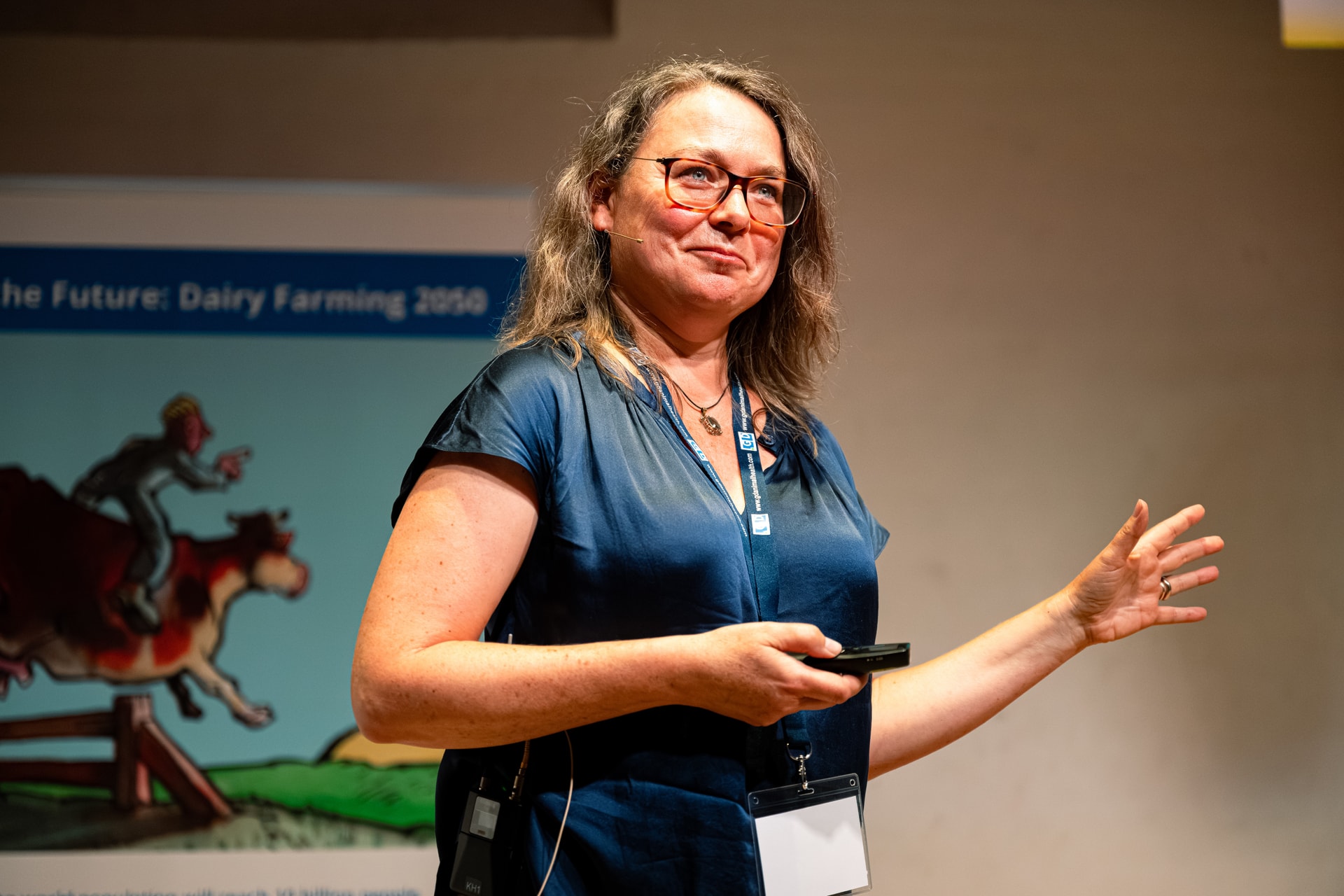
Another key mega challenge and opportunity is around data and technology (use). Although we already have a wealth of dairy data today, the quest is how to exploit these data streams to the fullest in the future. Ilka Klaas from DeLaval, Sweden, said that we can and should enhance cow health and welfare further with the use of sensor technologies and digitalisation.
“The vision for 2050 is that technology, sustainability and animal welfare are integrated to produce high-quality milk and dairy products. I also believe that artificial intelligence-driven decision-making, operation and management will become the new ‘normal’ in sustainable and professionally managed dairy herds. This will go beyond alert systems, as we move to more analysis and prediction models that are easy to use and farmer-centric.”
Klaas touched on DeLaval’s work to integrate data to help farmers quickly find cows at risk of any disease and get a clear identification for mastitis and ketosis. According to Klaas, more approaches are needed for dairy farming in 2050 and beyond. “But, to unlock the full potential of precision livestock farming, we need consistent innovation, research and development, partnerships, and internationally-agreed guidelines and definitions. To date, this potential is still both under-developed and under-studied.”
Are we ready for 2050?
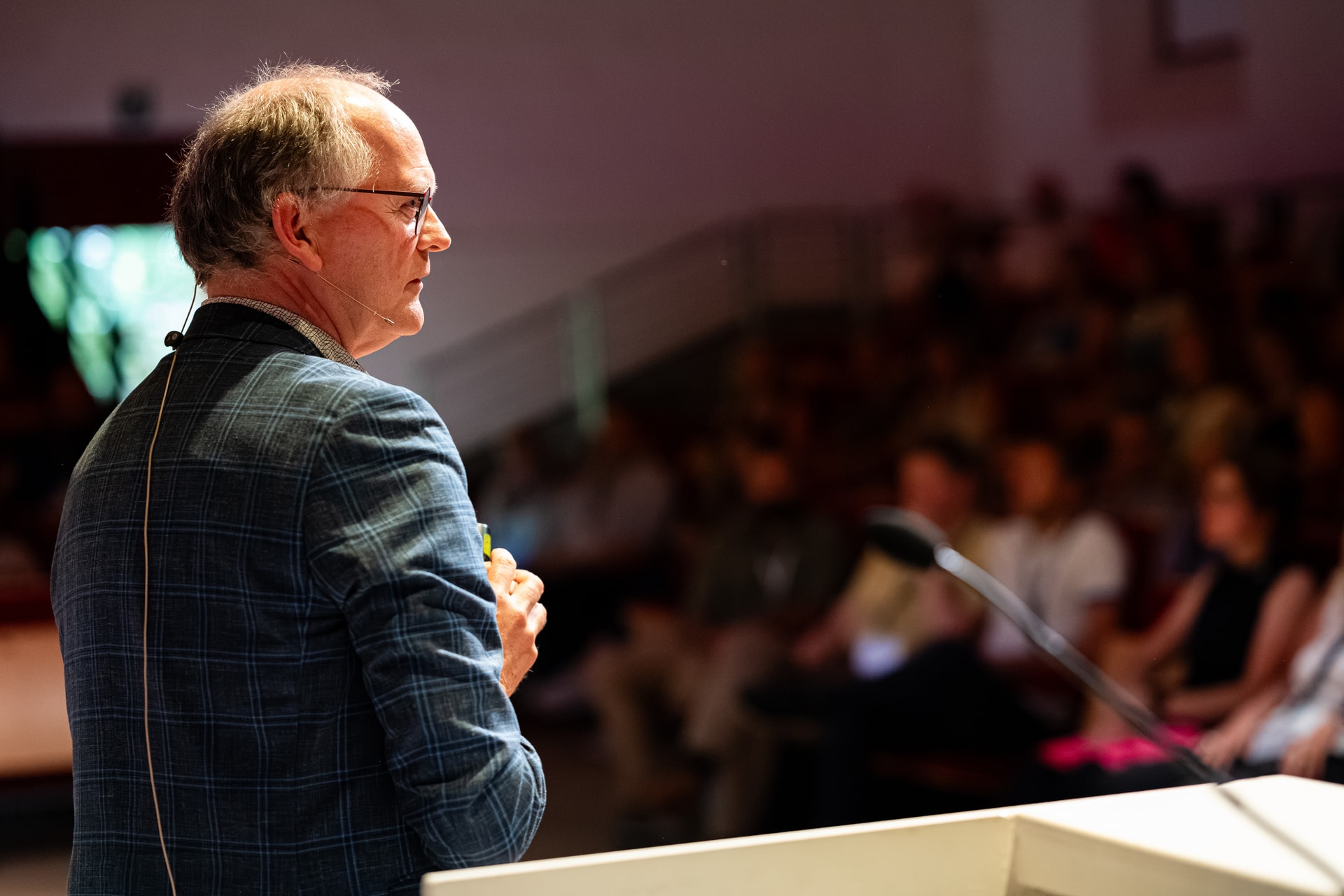
With some of the current challenges not being solved yet, and with more to come, are we really ready for dairy farming in 2050? “We live in a complex [dairy] world and there is no single, simple solution. When we start working on one area, for example improving milk production per cow, it can have an effect on other things, such as labour, animal health, nitrogen efficiency and antibiotic use. But even though it is a complex world, it is one with ambition,” Ynte H. Schukken, CEO at Royal GD said in his talk.
“As emphasised by the other speakers, we have an increasingly growing tool box – such as technology and artificial intelligence, and alternatives to antibiotics – that we can use to help untangle the complexity and will lead to less pressure on labour, and improve animal health and welfare.”
He mentioned that using different technologies and expertise will be key as we predict that we will be dealing with ever increasing herd sizes in the future: “Managing large herds will require changes in our current approaches in dairy management. The complex decision-making that comes with that can be solved through continuous innovation and drive from scientists and decision-makers. So, when we take a jump to 2050, I therefore believe that dairy farming has a bright future ahead,” Schukken concluded.
Join 13,000+ subscribers
Subscribe to our newsletter to stay updated about all the need-to-know content in the dairy sector, two times a week.





